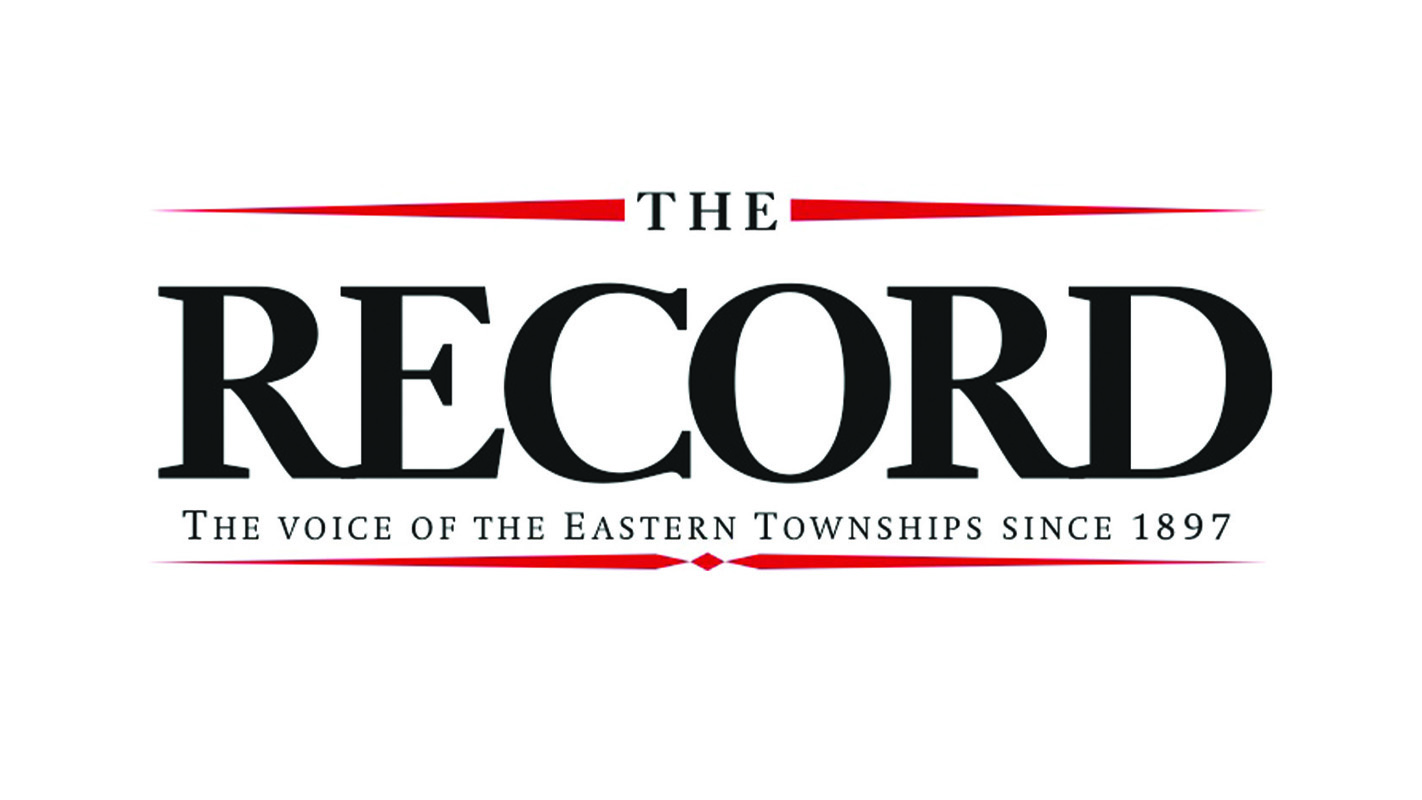By William Crooks
Local Journalism Initiative
Editor’s note: The following article is a continuation of a series on how artificial intelligence (AI) is changing the landscape of human endeavour. Bishop’s University computer science professor Dr. Stefan Bruda has defined AIs as machine learning programs that mechanically produce the same results as rational agents (human beings).
How are local elementary schools dealing with the advent of AI? The Record spoke with Eastern Townships School Board (ETSB) technology integration consultant Eleanor O’Neill in an effort to find out.
“[Cheating with AI] is something that educators are concerned about,” O’Neill began, and it is something that is on her radar. AI’s relationship to academic honesty and integrity is an important issue. Material can be grabbed off the web at the click of a button, she insisted, but she is not sure how prevalent that is because she is not “on the front lines”.
O’Neill emphasized that technologies are being marketed that counter this form of cheating, but she does not know how effective they are. In her opinion, it is not very hard to tell when one of these programs is being used. Especially in elementary school, she said, teachers know the “voice” of their students, but she admitted things can be trickier in high school. “We’re in a time where [AI] is everywhere,” she continued, but she is hopeful that counterbalances will arise.
But there are positives to AI, too, she noted. Teachers are starting to tentatively explore its uses, particularly to make more time for other more important things. For instance, she queried, could AI be used to simulate a conversation with a historical figure? It could make what happens in the classroom more engaging and creative, she said.
Her task, this year, is to help teachers explore these possibilities.





